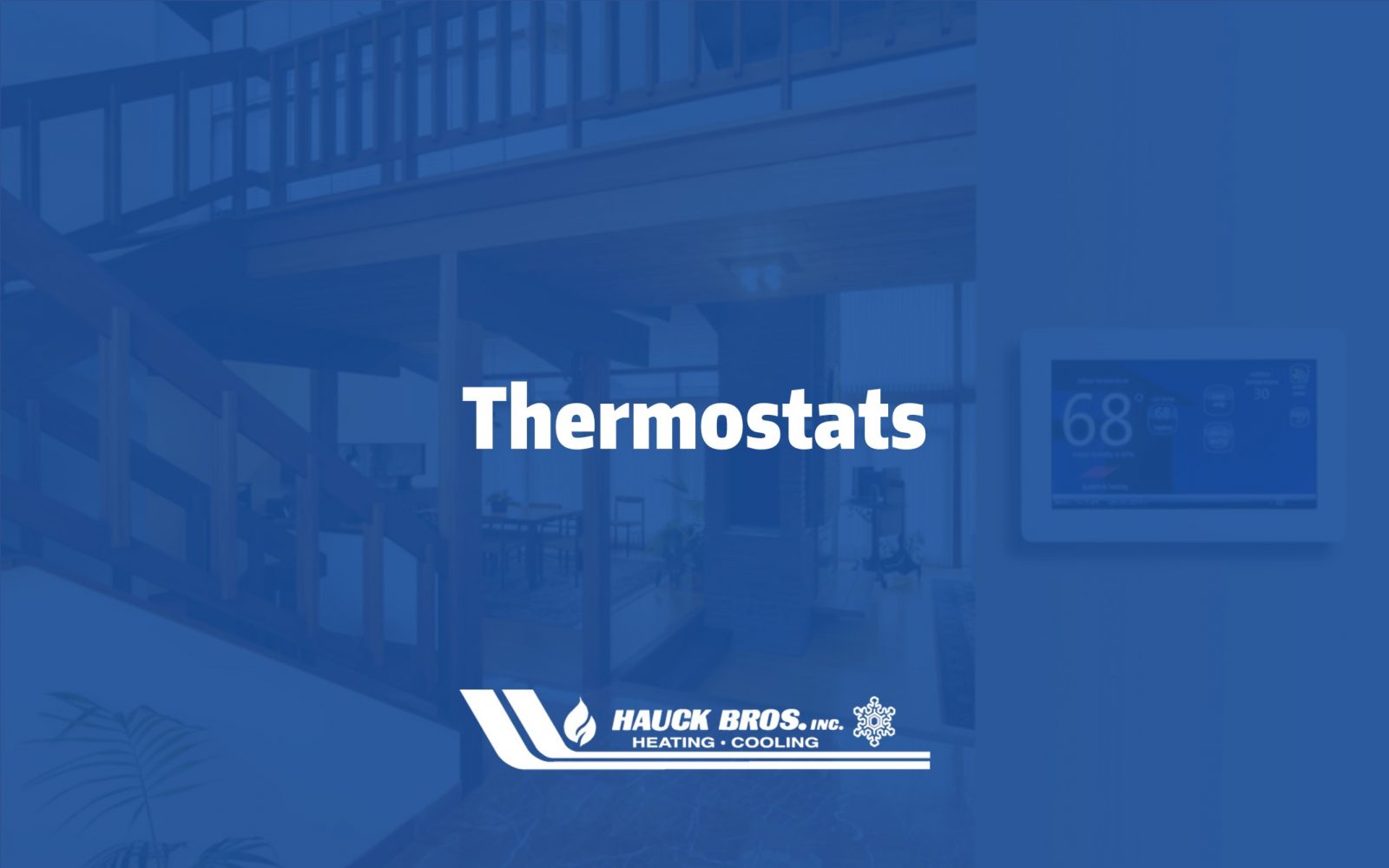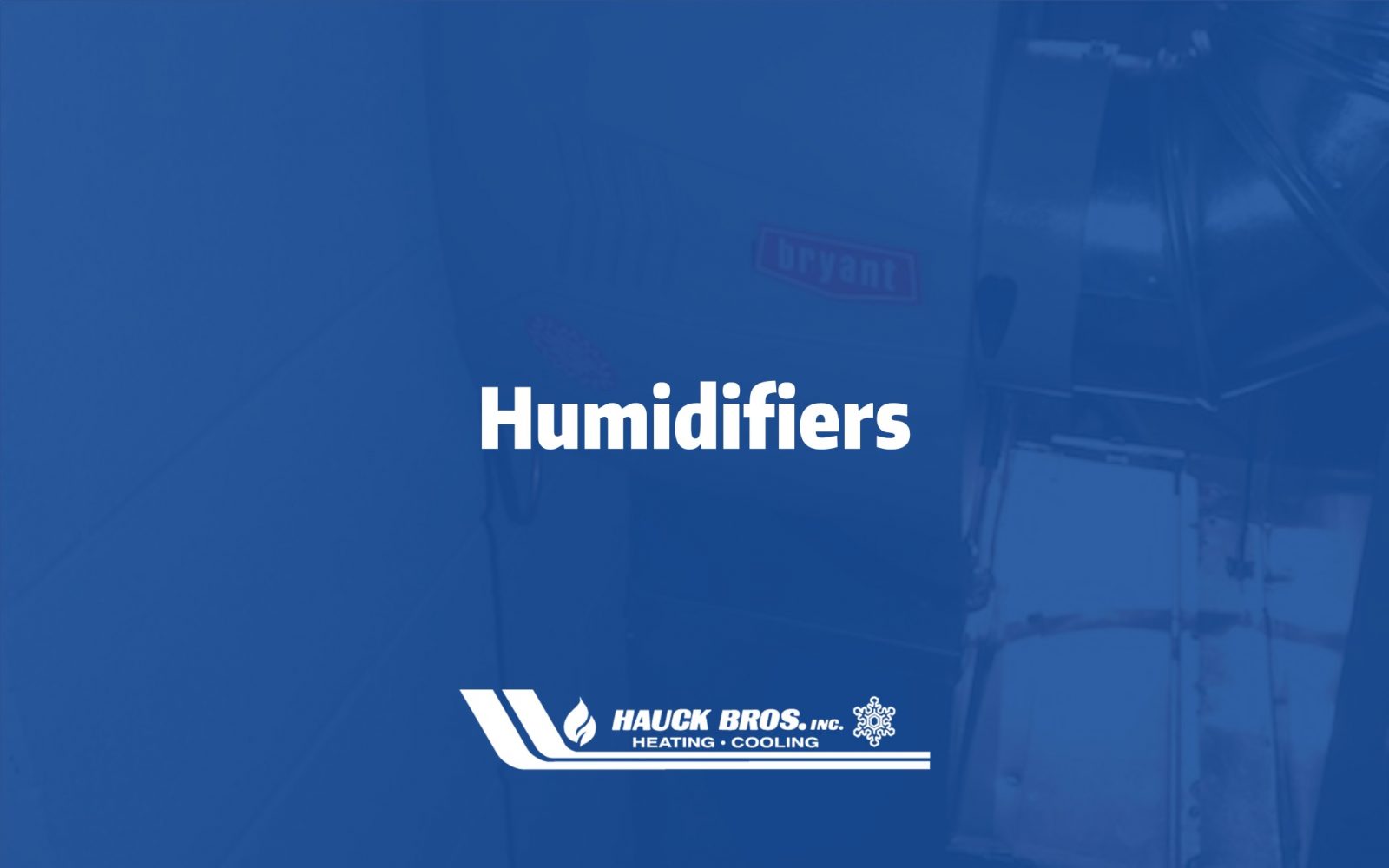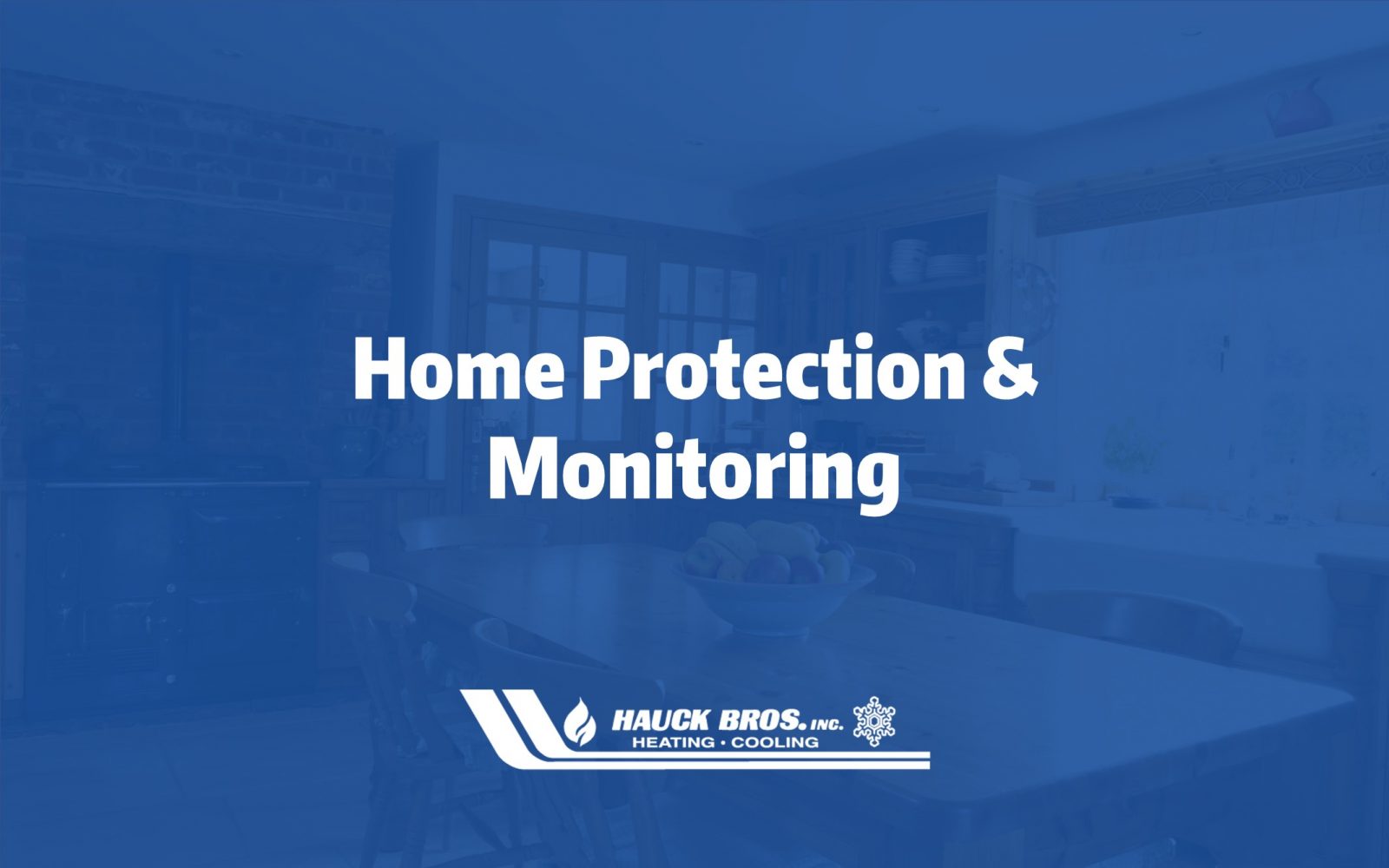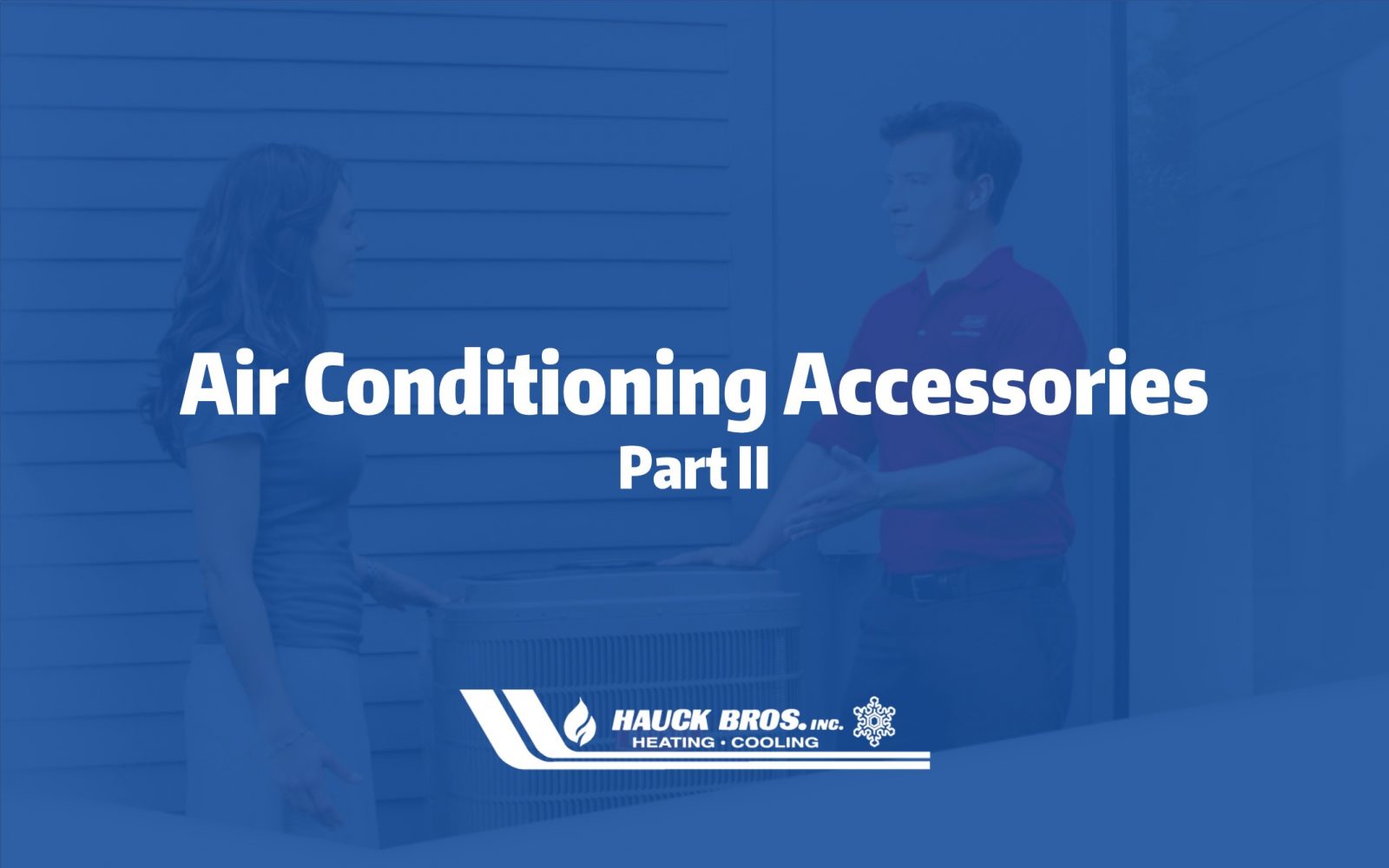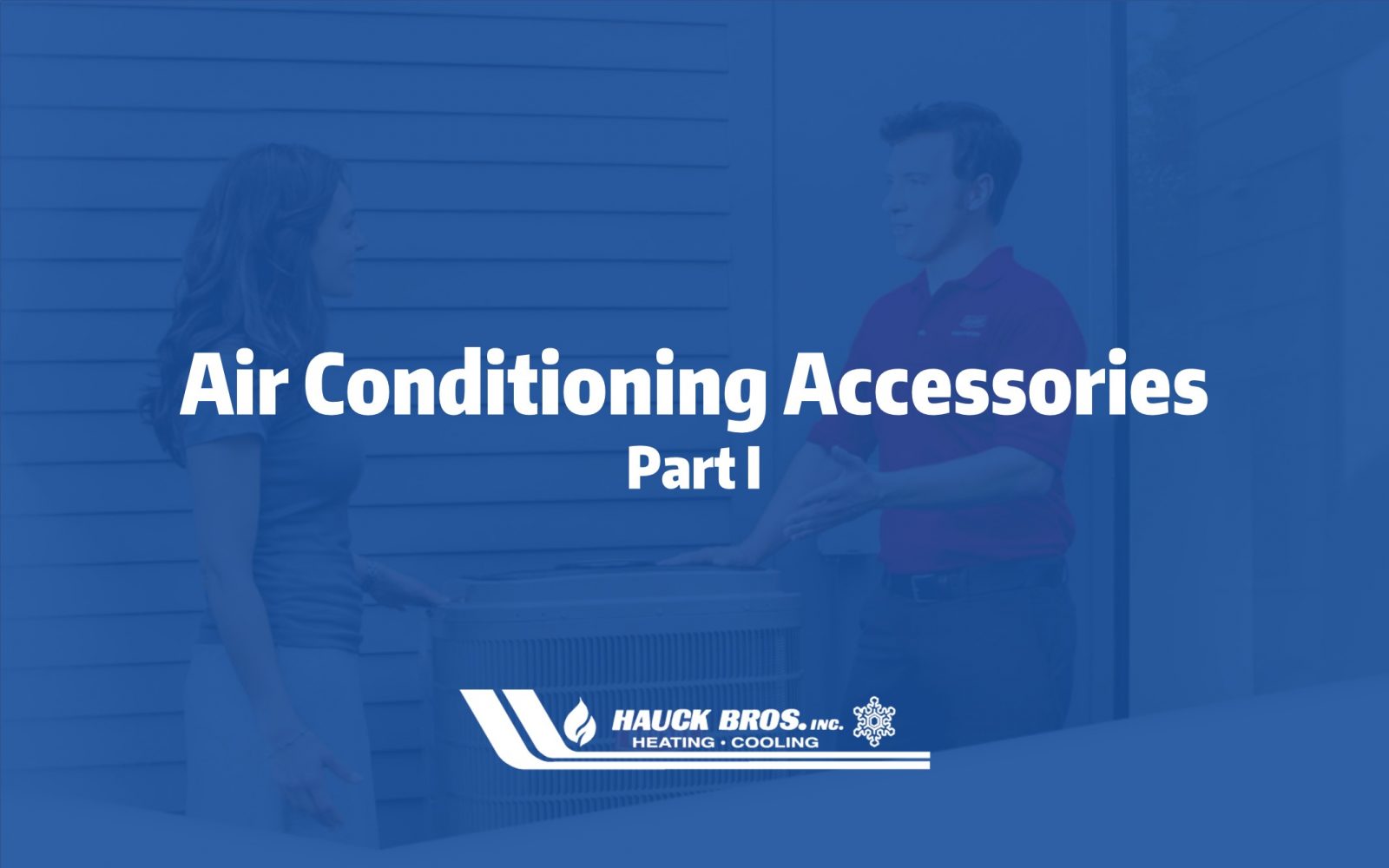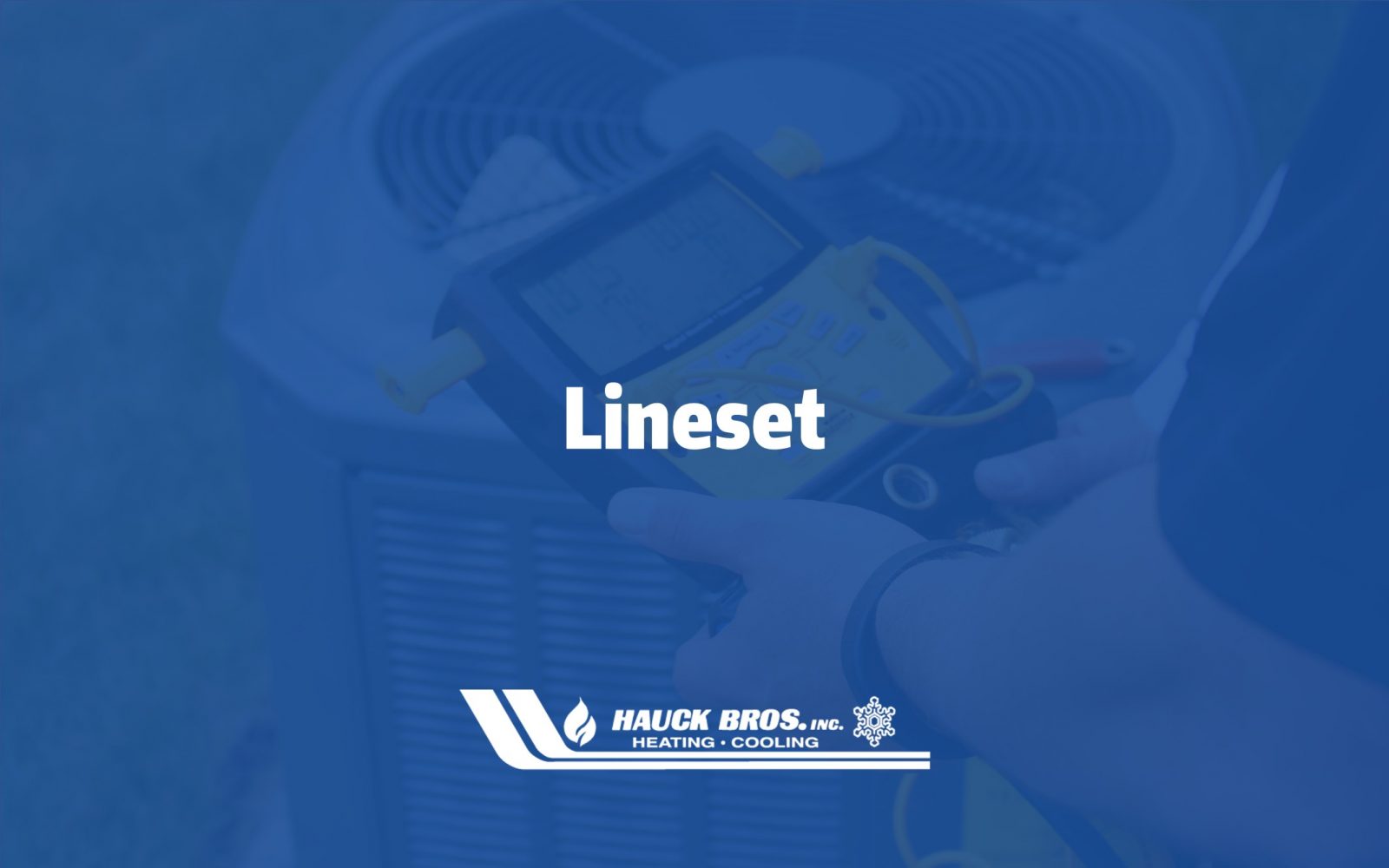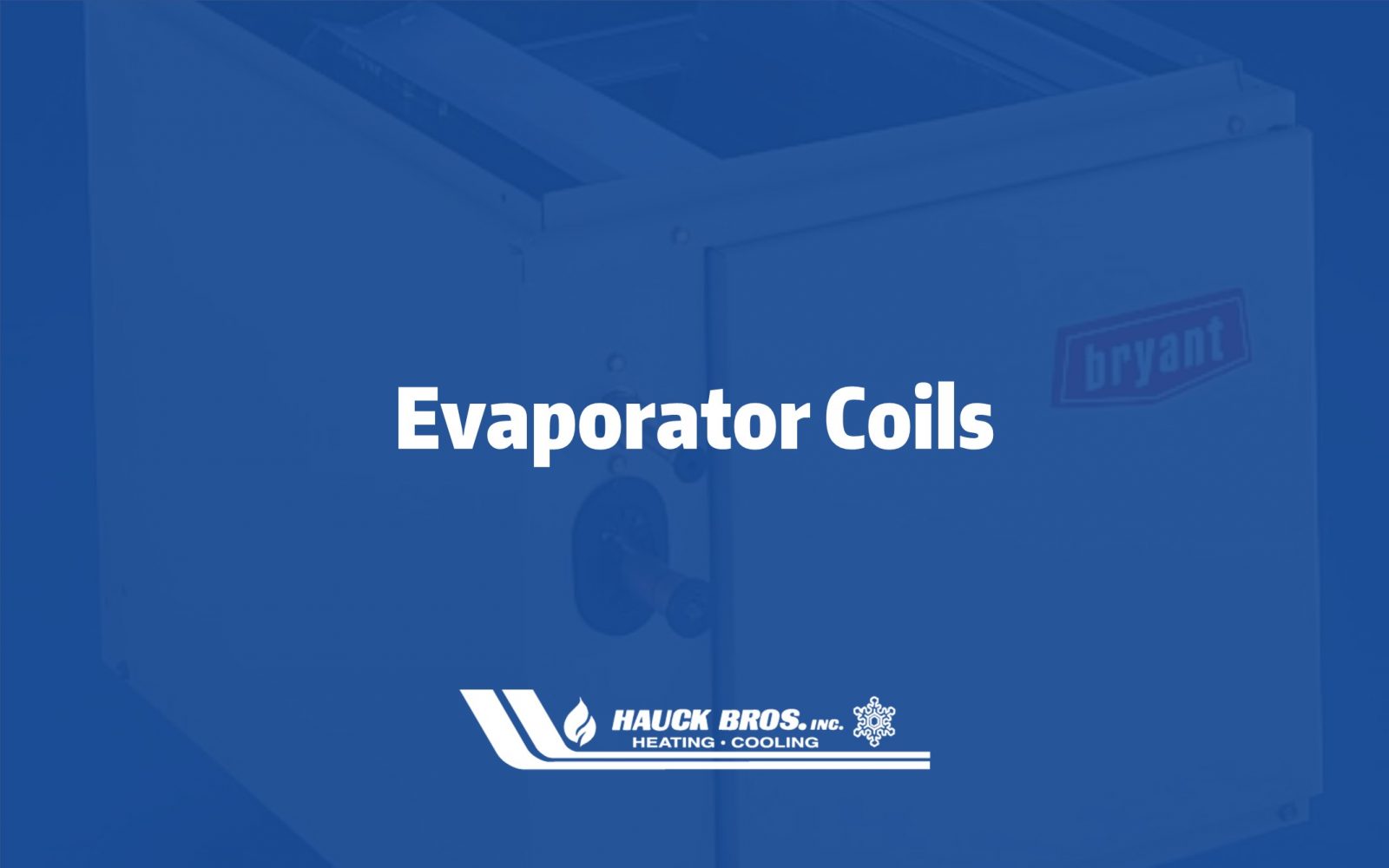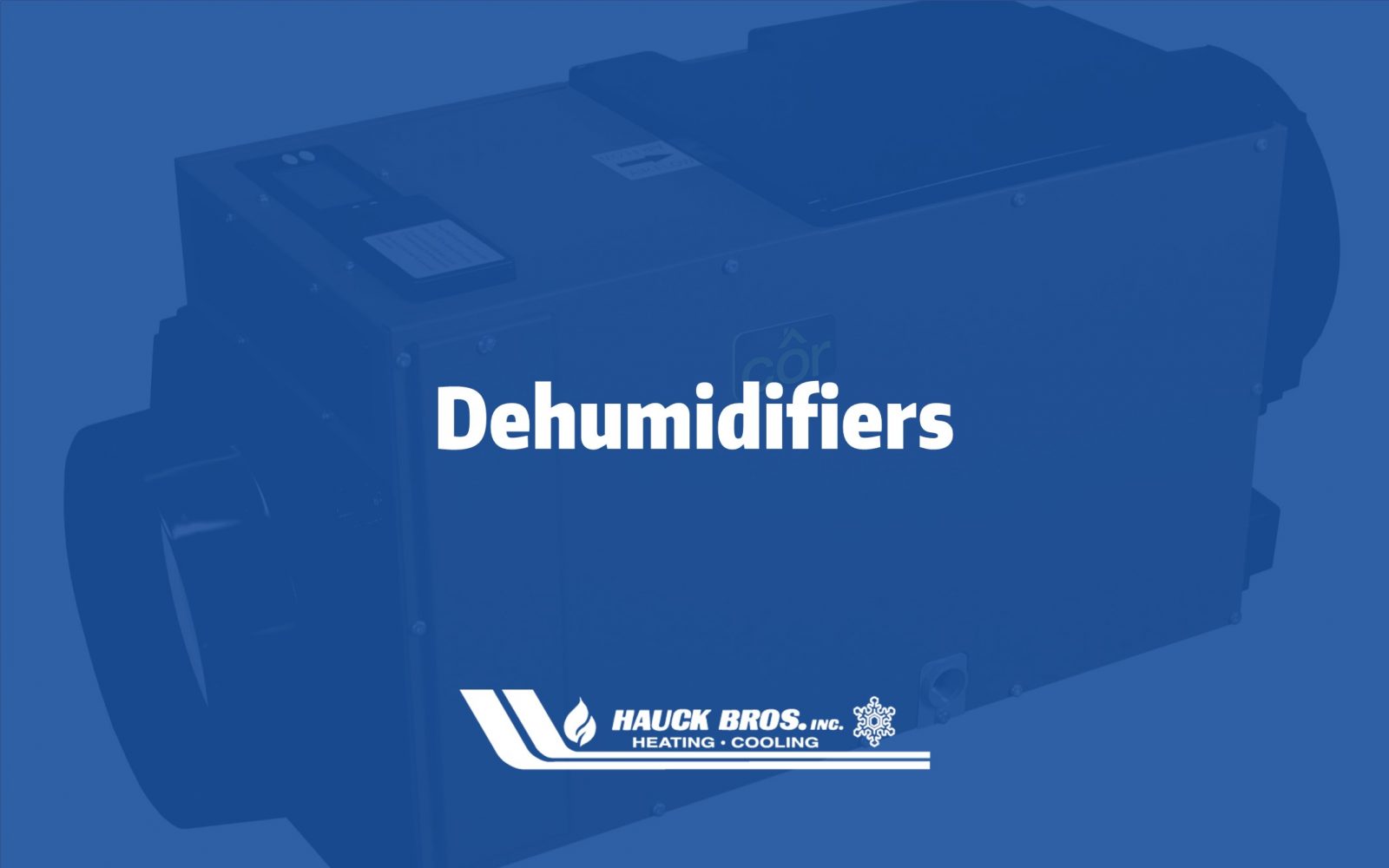
In the Greater Springfield and the Miami Valley, one of the most important steps home and business owners take is to make sure their HVAC equipment are properly maintained. Proper maintenance involves making sure your system is efficient and helps to prevent failure that may cause unwanted and unexpected costs. The best time to check the cooling system is in the spring and the best time to check the heating system is in the fall. It is important that these systems support a comfortable and healthy indoor environment and that each unit operate as efficiently as possible throughout its lifecycle. Regular annual maintenance also promotes higher equipment longevity, lower utility costs, guarding against unexpected failures, and in some cases, keeps the manufacturer warranty valid. At Hauck Bros. Inc. we feature three levels of Residential Home Comfort Protection Plans; Silver, Gold, and Platinum. Some benefits of all these residential programs are pre-season maintenance scheduling, 2-3 years parts and labor warranty, 24 Hour priority status for repairs, and a minimum 15% discount on repair parts. To learn more about these residential plans and their benefits visit our Service Plan page. We also offer a custom quoted commercial preventive maintenance plan tailored to your business needs.
How it Works
Depending on your HVAC equipment a preventative maintenance check for heating and cooling equipment should include (if applicable) checking the thermostat, tightening all electrical connections, lubricating all moving parts, checking and inspecting the condensate drain, checking the air filter, checking the blower wheel and capacitor, checking the heat exchanger, checking for gas leaks, checking the flame sensor, testing safety controls, checking the compressor, testing temperature drop, inspecting for refrigerant leaks, checking the condenser fan motor and more. See the full list for each type of equipment at out Service Plan page. Our Gold and Platinum plans meet Energy Star recommendations. Our Platinum Plan meets the ACCA National Standard Task list qualification as well.
Types
-
Residential
- Silver, Starting at $21 per month and covering 2 units, typically one heating and one cooling, this plan offers an annual maintenance check on each unit, a 2 year parts and warranty, no service charge, 24 priority status for repairs, pre-season scheduling, and a minimum 15% discount on repair parts.
- Gold, Starting at $32.50 per month and covering two units, this protection plan offers an annual maintenance check on each unit, a 3 year parts and labor warranty, no service charge, same day priority status for repairs, pre-season scheduling, a minimum 15% discount on repair parts, media filter replacement on each check, and $25 a year purchase accrual credit towards new equipment as long as you maintain the Gold Plan each year.
- Platinum, Starting at $57.25 per month and covering two units, this protection plan offers an annual maintenance check on each unit, a 3 year parts and labor warranty, no service charge, same day priority status for repairs, pre-season scheduling, a minimum 15% discount on repair parts, media filter replacement on each check, $50 a year purchase accrual credit towards new equipment as long as you maintain the Platinum Plan each year, 2 Year Inflation Protection, water heater maintenance, humidifier maintenance, refrigerant adjustments included, and waxing the outdoor unit.
- Other, We also offer additional items al a carte, Generators, Hot Water Heaters, Humidifiers, Media Filters, and Gas Logs.
-
Commercial
- Hauck Bros., Inc. offers custom quoted commercial protection plans to cover heating, cooling, filtration, and other equipment that makes up your unique HVAC system. These maintenance checks can extend the lifespan of your commercial equipment and ensures they operate efficiently as possible all year.
See all the details of each plan at our Service Plan page.
Comfort
Regular maintenance of your HVAC equipment can play a dramatic role in how comfortable you are at home or at the office. Dirty and clogged filters can impact your airflow and reduce the amount of filtration of the air through the system. Units with humidifiers need proper airflow to ensure the humidity level set is obtained as well. During the summer months proper airflow is necessary to remove humidity to increase comfort levels. By maintaining your HVAC system and changing filters as recommended, the indoor air quality will be better and the air flow will be improved, ensuring your as comfortable as possible. Having annual maintenance on each unit also can help reduce repair costs, extend equipment life, and lower utility costs.
DIY
- Insulate and air seal your home properly, leaks or loss of insulation cause losses in efficiency and higher utility costs.
- Make sure the area around your HVAC units is clear of obstructions, flammable substances, and other debris.
- Make sure to use carbon monoxide and smoke alarms for your families and facility’s safety.
- Clear all registers of dust and debris and make sure they are not blocked.
- If you change your filters, make sure to check and/or change filters at least once a month.
- If you have a humidifier, make sure to change the pad/cartridge before the heating season and check it every month when in use to ensure proper operation.
- Visually inspect and listen to your system, check for leaks, listen for unusual noises from your HVAC equipment, these can be signs of problems.

